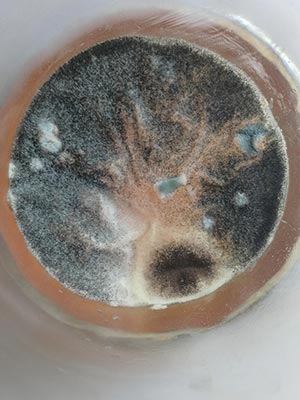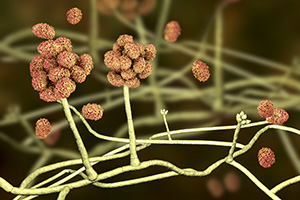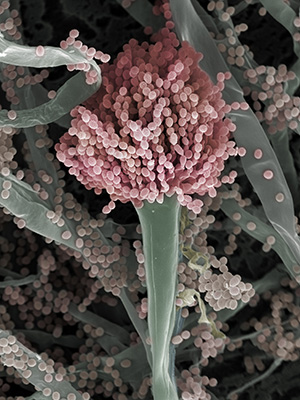"Mold Inspections"

Elliott Home Inspections, Inc.
Exceptional Service. Top Quality Reports.
"Inspected once, inspected right!"®
Call/Text: (720) 218-8139
Drone Roof | Infrared Thermography | Radon Testing | Sewer Scope | Mold Testing
"Mold Inspections"

Bringing Clean Air to Life®
Mold Inspection & Testing

IAC2: Mold Inspection Standards of Practice (SOP)
All of my Mold Inspections are in compliance with IAC2 Standards of Practice.
IAC2 is the non-profit, certifying body for home and building inspectors who have fulfilled certain educational requirements including those in the areas of indoor air quality.
Learn About Mold
CDC: Centers for Disease Control and Prevention
EPA: United States Environmental Protection Agency
When to Call a Mold Inspector
People who have concerns about structural damage or the aesthetic effects of indoor mold should seek the services of a certified mold inspector. People who have concerns about health effects of mold exposure should seek the advice of a healthcare professional.

Indoor mold types that can damage your home and health include:
• Aspergillus / Penicillium / Trichoderma
• Stachybotrys / Chaetomium / Ulocladium
• Cladosporium / Alternaria / Curvularia
__________________________________
Complete Mold Inspection:
The Complete Mold Inspection is performed by an IAC2-certified mold inspector. (Refer to Section 2 of the IAC2 Mold Inspection Standards of Practice.)
The Complete Mold Inspection is performed in accordance with the Mold Inspection Standards of Practice of the International Association of Certified Indoor Air Consultants (www.IAC2.org).
The inspector shall perform:
• a non-invasive, visual examination of the readily accessible, visible, and installed systems and components of the building, as outlined in the IAC2 Mold Inspection Standards of Practice;
• moisture, temperature and humidity measurements;
• at least three air samples (one indoor and two outdoor); and
• possibly one or more surface samples from areas of concern.
The inspector shall report:
• moisture intrusion;
• water damage;
• musty odors;
• apparent mold growth;
• conditions conducive to mold growth;
• the results of a laboratory analysis of all mold samplings taken at the building; and
• any system or components listed in the Standards of Practice that were not visually examined, and the reasons they were not inspected. Unless the inspector and client agree to a limitation of the inspection, the inspection will be performed on the primary building and parking structure.
A Complete Mold Inspection includes:
• a visual examination of the entire building, its systems and components;
• moisture, temperature and humidity measurements; and
• taking mold samples.

Stachybotrys chartarum
__________________________________
Limited Mold Inspection:
The Limited Mold Inspection is performed by an IAC2-certified mold inspector. (Refer to Section 3 of the IAC2 Mold Inspection Standards of Practice.)
The difference between a Complete Mold Inspection and a Limited Mold Inspection is a limitation of the non-invasive, visual examination of the building. The Limited Mold Inspection does not include a visual examination of the entire building, but is limited to a specific area of the building identified and defined by the inspector. Prior to the inspection, the inspector and client shall agree to the limitations of the visual examination. As a result, potential sources of mold growth in other areas of the building may not be inspected.
The inspector shall perform:
• a non-invasive, visual examination of the readily accessible, visible, and installed systems and components of only the specific room or area defined by the inspector;
• at least three air samples (one indoor and two outdoor); and
• possibly one surface sampling at an area of concern. The inspector shall report:
• moisture intrusion;
• water damage;
• musty odors;
• apparent mold growth;
• conditions conducive to mold growth; and
• the results of a laboratory analysis of all mold samplings taken at the building.
A Limited Mold Inspection includes:
• visual examination limited to a specific, defined area of the building; and
• mold samples.

Aspergillus fumigatus
__________________________________
Evan D. Elliott, CMI. InterNACHI Certifications.
Certifications acquired through home inspector training from InterNACHI